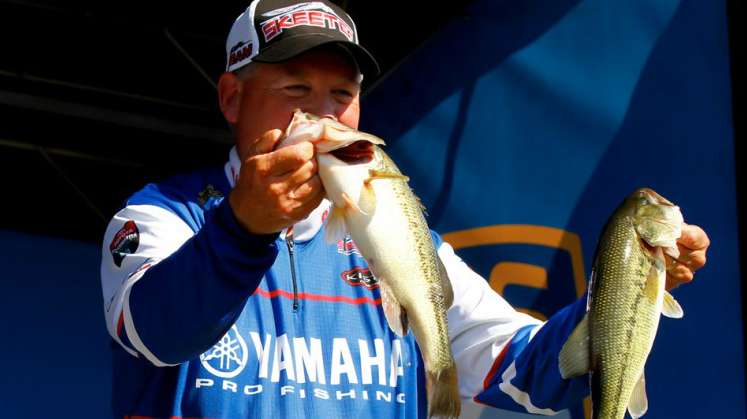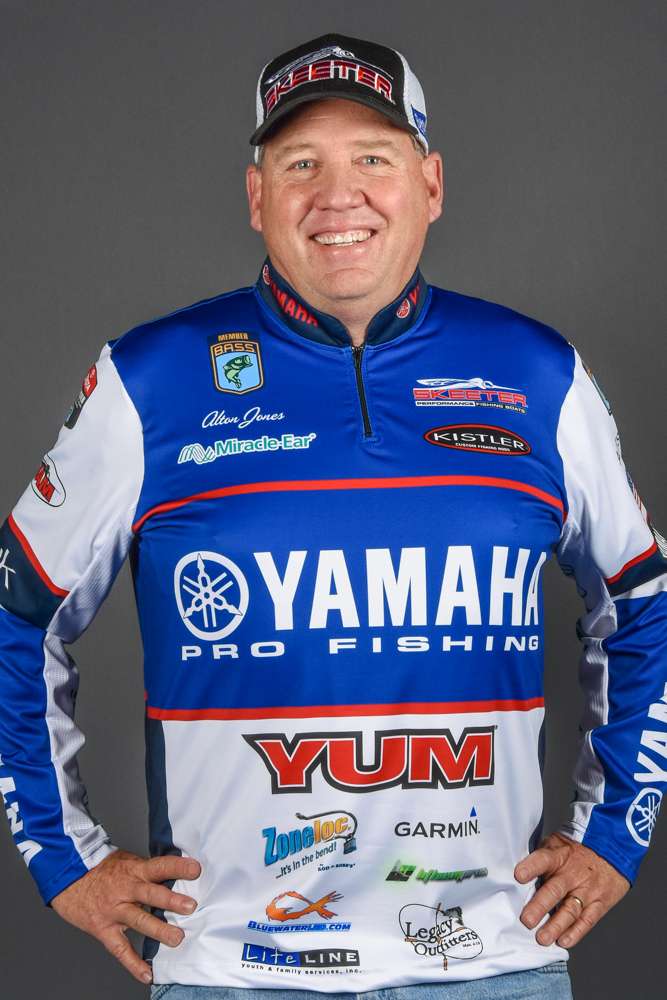
It always feels really good coming off a good tournament performance like my 18th-place finish at last week’s Elite Series event on Bull Shoals and Norfork, but it’s even more encouraging when you’ve recently had a poor finish like I did at Winyah Bay a couple of weeks prior.
For one thing, a bad finish puts you behind the 8-ball as far as making the Bassmaster Classic cut, so following with a good finish kind of counter balances that and gets you right back in the mix.
We talk a lot about momentum — and that it a big part of competitive fishing — but we can’t overstate the importance of confidence in this game. When you have confidence in the way you fish, confidence in the places you choose and confidence in your ability to go out and figure things out on the fly
A good finish really helps me continue to do that. I can just trust my instincts and go fishing; hopefully, I’ll have some success along the way.
I’m particularly pleased with my finish last week because we all went into this event not knowing what to expect from the format of fishing two different lakes. This required a different type of strategy than we need for a normal Elite event, so I tailored my approach accordingly.
Given the schedule of fishing Thursday and Sunday on Norfork and Friday and Saturday on Bull Shoals, I knew the only way I was going to fish two days on Norfork was to make the Top 12, which is what I tried to do. That being said, I ended up spending most of my practice time on Bull Shoals.
What I liked about this event’s format was that it eliminated a lot of the pressure associated with fish management. Typically, when we find a school of fish, we have to manage those fish for two days, hopefully three days and hopefully four days.
When you’re in a situation where, in the worst case scenario, you have to manage those fish for two days, you can let it all loose. You can keep the pedal to the metal and fish wide open.
That’s how I approached last weeks tournament. On Day 1, I didn’t even know if I was going to get back to Norfork, so I didn’t’ save anything. I went to everything I had and fished it as hard as I could.
I knew that if I made the Top 12, I would fish hard and, hopefully, be able to duplicate some of what I had done on that first day. The next two days, I had enough fish on Bull Shoals.
I liked how this split format freed up our fishing and made it easier by not having to manage fish. The part that was more challenging was the different types of fisheries. Even though Bull Shoals and Norfork are close together, they’re different lakes.
Bull Shoals has bushes in 5-6 feet of water and Norfork had almost no cover in the water at all, except for some rocks and a few boat docks. Trying to develop patterns on two completely different bodies of water and trying not to forget about the practice you had on either one. I had to manage two game plans at the same time.
A big part of this was diligent use of my Lowrance electronics. I paid extra attention to color-coding my waypoints to indicate different size fish I’d found on beds. I was really well-organized for that event and I think that helped me manage those fisheries.
This week, we’ll be fishing a totally different scenario on Lake Wheeler. We’re coming off two clear-water fisheries and going to a dirty-water fishery on the Tennessee River where current plays a really big part.
We’ve gone from a wide-open spawn type bite to a place where there may be a few spawning, but it’s mostly going to be a postspawn deal. From practice, I can see that a lot of fish are in that postspawn funk.
I think this is going to be a tough event and you’re going to have to figure out a little something unique to trigger those postspawn fish to bite — something other than going down the bank behind every other boat and pitching to some of those shallow bushes.
Practice is like a puzzle. Each day, you get a piece put down and eventually you start to see what the picture looks like. Even in the tournament, you’ll continue to put those pieces together.
I’m hoping to assemble enough pieces and end up with another strong finish.

